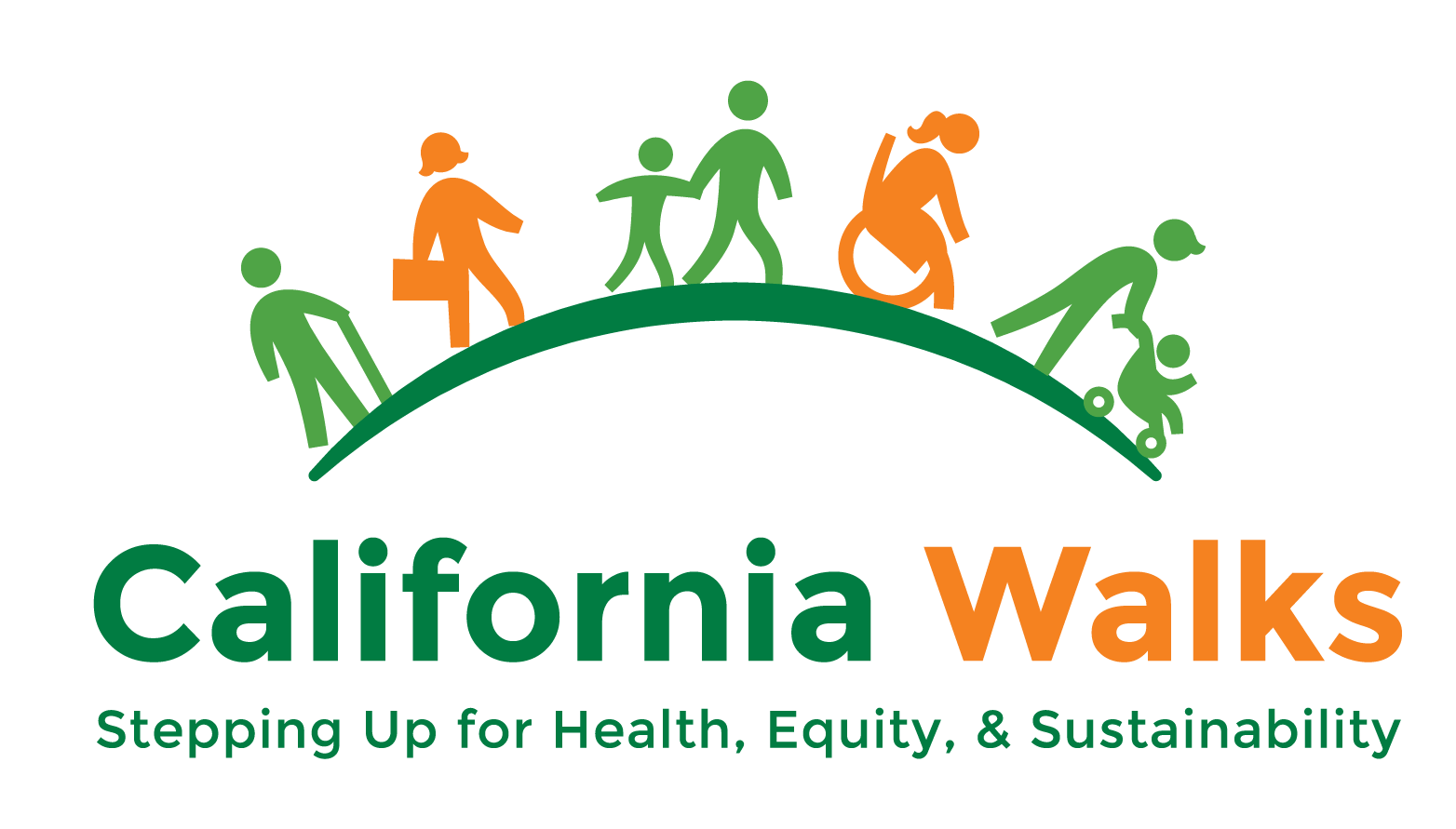Focus Cities: We want wall-to-wall complete streets
This post, by our partners at Los Angeles Walks, has been made possible by the grant-funded Focus Cities California program, a joint project of UC Berkeley SafeTREC and California Walks, which supports increased safety in walking and biking.
Funding for this program was provided by a grant from the California Office of Traffic Safety, through the National Highway Traffic Safety Administration.
At the upcoming Tuesday, October 10th Personnel and Animal Welfare Committee meeting, LA City Council members will consider a spending plan for integrated road reconstruction and Vision Zero safety projects that span three City departments. A collaboration between the LA Department of Transportation (LADOT), Bureau of Engineering (BOE), and Bureau of Street Services (BSS), the spending plan is an effort to increase the departments’ efficiency and impact, and encourages a more holistic approach to public works projects that are developed with a health equity lens.
We love it! But, we want more.
We want to see departments work together on complete streets projects that don’t just go curb-to-curb, but wall-to-wall. We want to see smooth, safe streets AND sidewalk repair, curb ramps, street trees, and bus shelters.
Have you ever stood at a bus stop with people gathered in the shade of one skinny utility pole because there is no bus shelter or trees to provide relief? Los Angeles can avoid that by leveraging our transportation dollars to improve the entire public realm from wall-to-wall in the creation of true complete streets. When we do that, we are making investments that prioritize safety and, importantly, show an immediate return on the quality of life for our communities.
>> Join Los Angeles Walks and Investing in Place at the October 10 meeting.
BACKGROUND
During the 2018 budget negotiations in the City of Los Angeles this past May, policymakers settled on an important compromise – one that most of us would consider common sense, but that a City staffer might call magical.
Before the compromise, Council members were in disagreement: with limited funds available, some elected officials wanted to prioritize spending on critical roadway repairs, fixing potholes and reconstructing “failing” streets. Others wanted to direct funds to Vision Zero projects – those that redesign the highest need streets for safety in order to address the public health emergency of traffic fatalities in LA.
After dramatic deliberations, Councilmembers decided that the City can accomplish both goals by having departments work together, and that funding should go towards projects that incorporate both roadway reconstruction and redesigns for safety.
To be fair, Los Angeles Walks initially balked at the notion of diverting funds to roadway repairs at a time when fatal and severe pedestrian collisions continue to rise. But, we have come to see the value in this compromise and the importance of cross-departmental collaboration, one of the pillars of the Vision Zero framework. We also see that as an opportunity for the City to execute an efficient use of public funds.
>> Join us at City Council on October 10.
We would like to have the City Council include wall-to-wall complete streets alongside all other potential plans for the City’s integrated road repair/Vison Zero project list, including access and sidewalk repair, street trees, and bus shelters.
MORE ABOUT THE PLAN
Since the City Council passed the FY18 budget this past spring, LADOT, BOE, and BSS have worked together to develop a Vision Zero 2017-18 workplan that includes both street reconstruction and Vision Zero components. At the September 20th Public Works and Gang Reduction Committee meeting, leaders of each department together presented the names of 11 corridors that light up on all of their individual lists: those “D” and “F” streets in need of reconstruction that are also on the City’s Vision Zero High Injury Network.
As outlined in a report by the City Attorney’s Office, the initial source of funding proposed for these projects is the Measure M Local Return Fund, which includes $12.84 million for street reconstruction and $6.62 million for Vision Zero (total: $19.46 million). The use of funds from the remaining Measure M Local Return Fund ($650,00) and SB1 Special Gas Tax Improvement Fund ($24.06 million), which includes $11.95 million for street reconstruction and $12.76million for Vision Zero, will be proposed in subsequent reports, and will cover salaries and other resources necessary for 2017-18 work during the construction phase of these projects.
NEXT STEPS
In a city where everybody walks, bikes, rides the bus or drives a vehicle, our transportation investments don’t have to be separated into silos like “bus,” “walk,” or “vehicle speed.” By expanding departmental coordination and improving all aspects of the street from wall-to-wall, we can increase safety directly, through Vision Zero safety projects, and indirectly, through higher quality and more dignified infrastructure for people walking, biking, and taking transit. By encouraging more people to walk, bike, and take transit – and making it convenient and pleasant, we will increase safety for all.
Join us at the Tripping Point advocacy training summit!
Cross-posted at Los Angeles Walks’ site.

